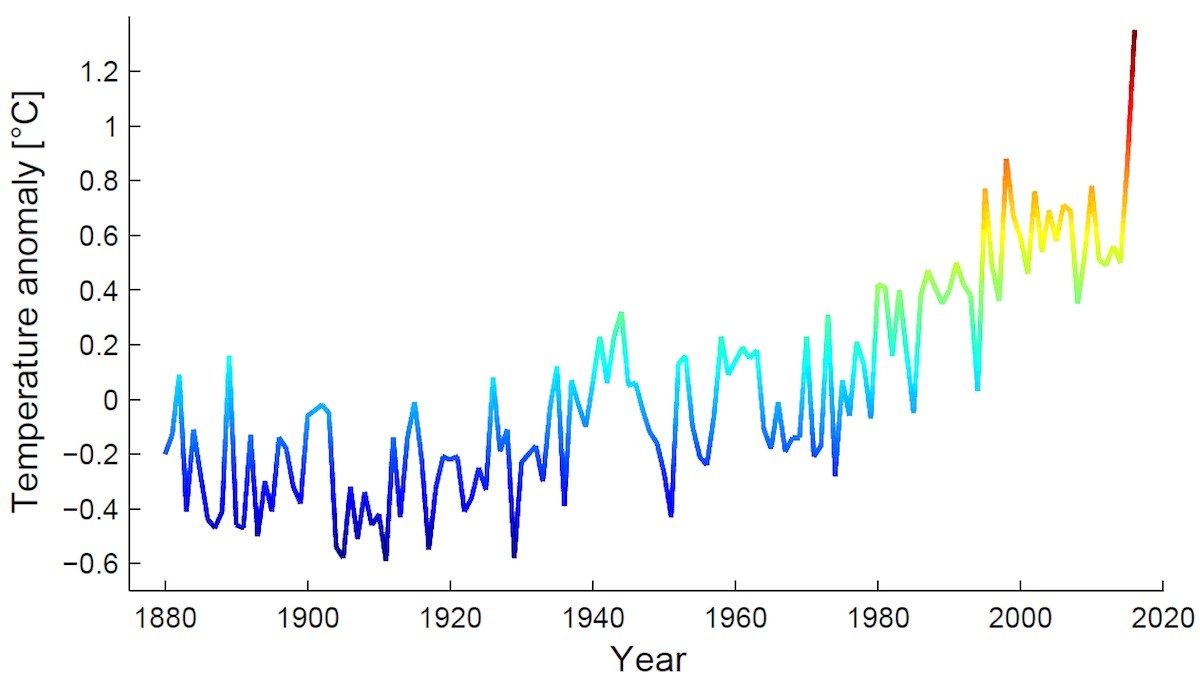Expert panels to deliver up-to-date overview of climate risks and mitigation options
Last year the Royal Society of NZ set up two panels to look at what our current understanding of climate change means for New Zealand, and the findings are due to be published over the next two weeks. The first report, Climate Change Implications for New Zealand, will be released on Tuesday, April 19th. It was put together by a team led by VUW’s Prof Jim Renwick, with a brief to:
“prepare a succinct summary of existing New Zealand information around the risks associated with recent and projected trends in greenhouse gas emissions, and the likely consequences for New Zealand in future decades and centuries.”
The second report, Climate Change Mitigation Options for New Zealand, was prepared by a panel led by Prof Ralph Sims, and will be published on April 27th.
The Implications report will be launched at the RSNZ in Wellington at 11 am on Tuesday (free admission, register here), and the Mitigation report will be launched at the same venue in Wellington on the 27th (register here), and in Auckland on the 29th (register here). The RSNZ has also arranged a series of talks by international experts Prof Jean Palutikof (Co-chair of IPCC 5th Assessment Report on Impacts, Adaptation and Vulnerability) and Prof Jim Skea, co-Chair of IPCC Working Group 3, on to accompany the reports. Details here.
I’ll have more on what the reports have to say after their release, but they promise to provide a very useful overview of what we’re confronting, and how we might move forward to address the problem. At the very least they should offer a concise framework for policy-makers and politicians to work with.
Like this:
Like Loading...



